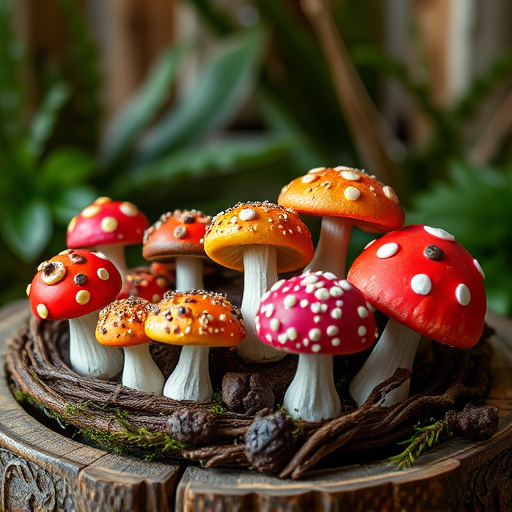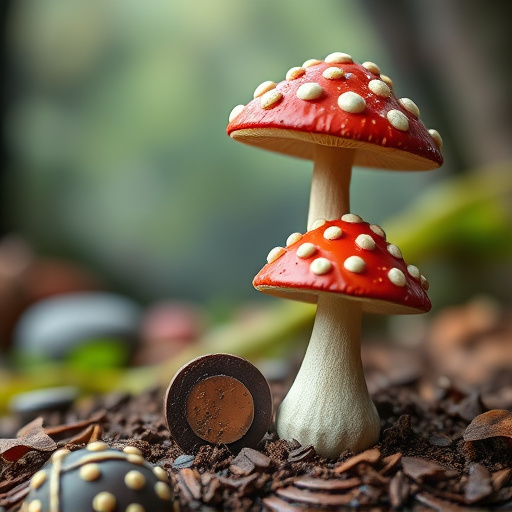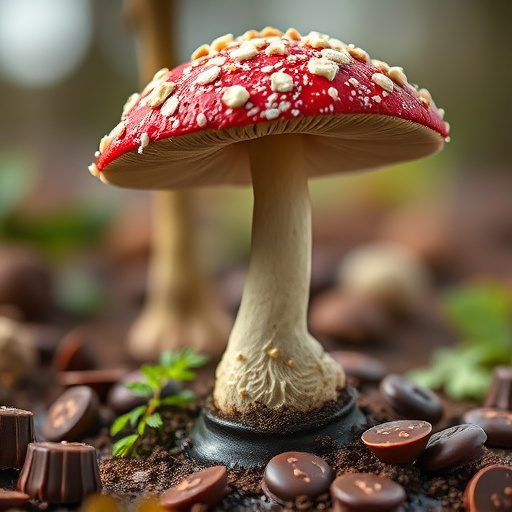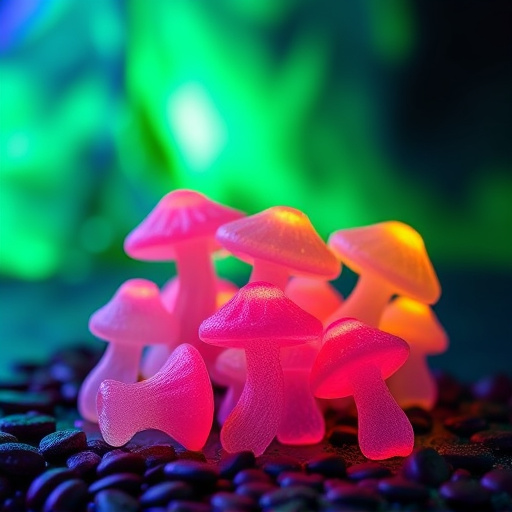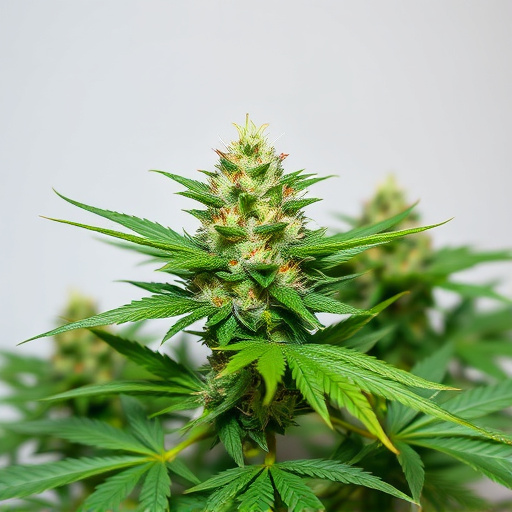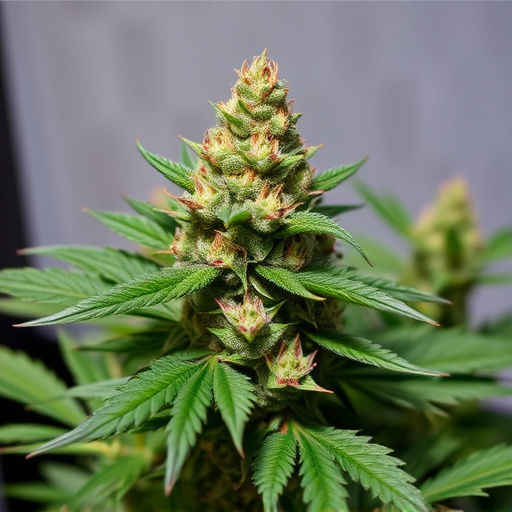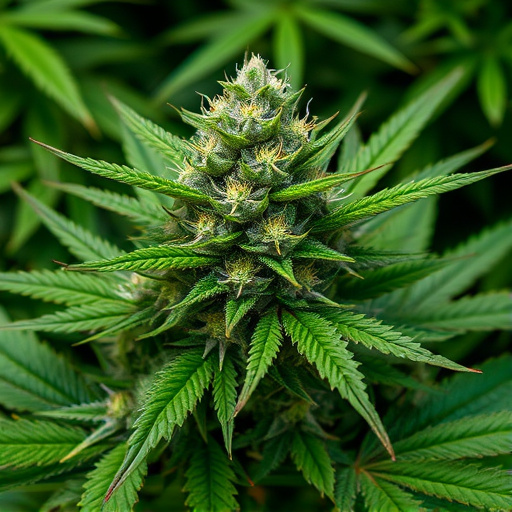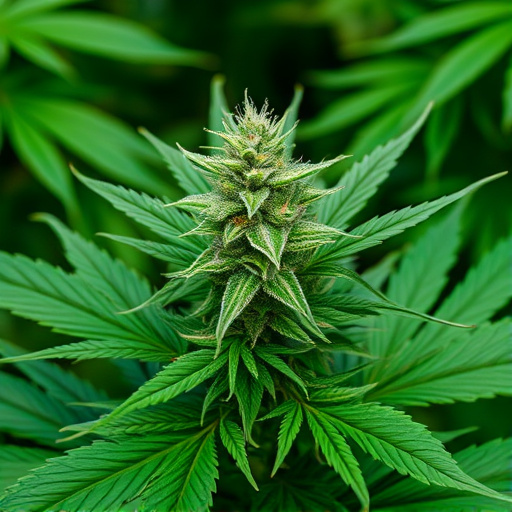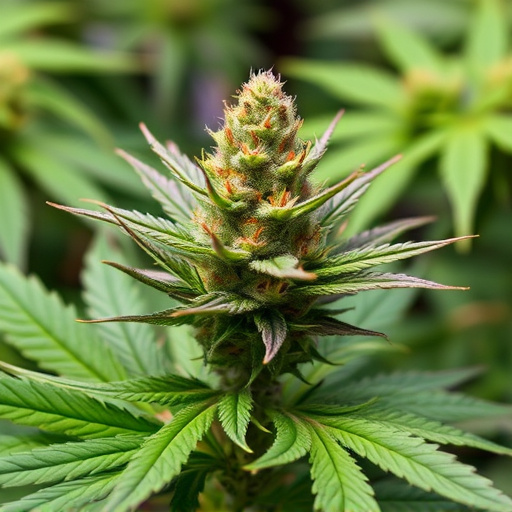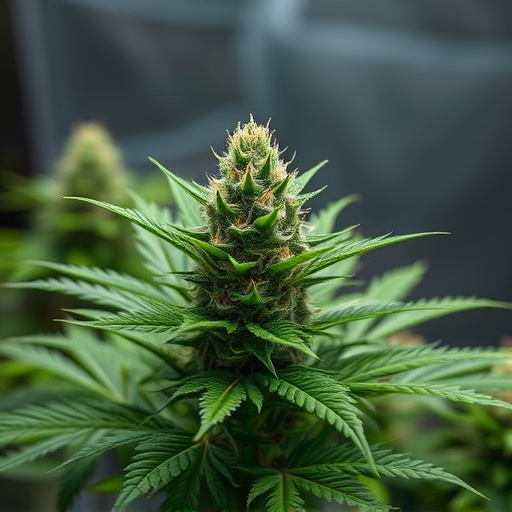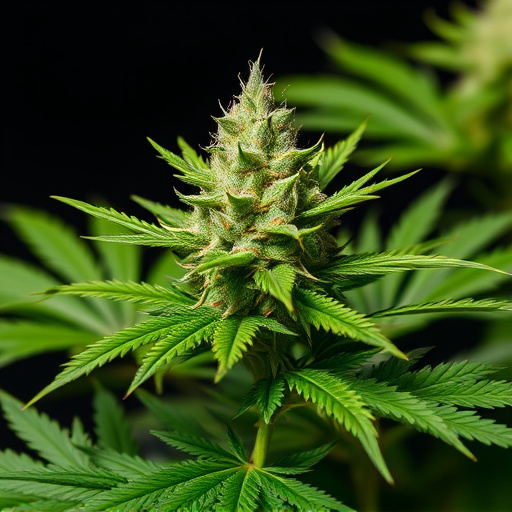Cultivating high THC cannabis strains requires precise environmental control. Temperatures (20-28°C), humidity (40-70%), lighting, soil quality, and pH levels significantly impact plant growth, terpene synthesis, and cannabinoid yield. Specialized cultivation methods like hydroponics or controlled environment agriculture ensure optimal conditions, leading to robust, potent plants with desirable THC profiles that meet consumer expectations.
The quality of cannabis is deeply intertwined with its growing environment. In this article, we explore how various factors influence the cultivation of high THC cannabis strains, ultimately shaping their potency and yield. From light intensity and temperature control to nutrient management and growth cycles, each element plays a pivotal role in optimizing cannabis production. Discover how understanding these connections can empower cultivators to achieve superior results, catering to the ever-demanding market for high THC cannabis strains.
- The Role of Environment in Cannabis Cultivation: A Deep Dive
- High THC Strains and Their Sensitivity to Growing Conditions
- Optimizing Growth for Superior Cannabis Quality and Yield
The Role of Environment in Cannabis Cultivation: A Deep Dive
The cultivation environment plays a pivotal role in shaping the quality and characteristics of cannabis plants, especially when aiming to produce top-tier high THC cannabis strains. Factors like temperature, humidity, light intensity, and duration all contribute to the plant’s growth and cannabinoid production. For instance, optimal temperatures between 20-28°C (68-82°F) promote robust growth and efficient terpene synthesis. Humidity levels should be carefully regulated, as both too much and too little can stress the plants; ideal ranges are typically between 40-70%. Lighting is another critical aspect, with LED or HPS lights offering precise control over light spectrum and intensity, enabling cultivators to encourage floral development and maximize cannabinoid yield.
Beyond these elements, soil composition, nutrient availability, and pH levels influence the cannabis plant’s ability to absorb essential elements, thereby impacting its overall health and the potency of its final product. Some high THC strains may require specialized cultivation techniques, such as hydroponics or controlled environment agriculture (CEA), to provide a consistent and optimal growing milieu, ensuring the production of premium-quality cannabis with desirable cannabinoid profiles.
High THC Strains and Their Sensitivity to Growing Conditions
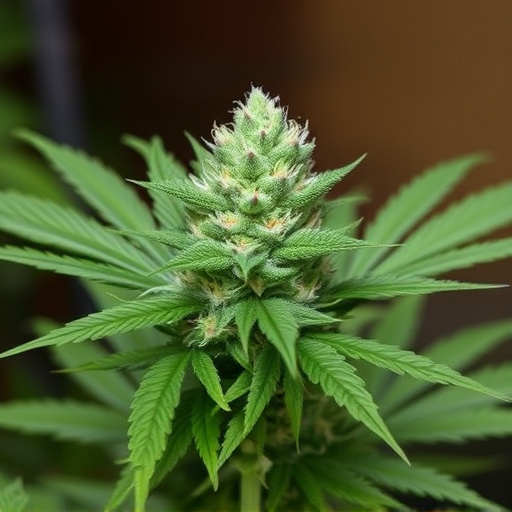
High THC cannabis strains, known for their potent effects, are particularly sensitive to growing conditions. These plants have been cultivated over generations to maximize THC levels—making them delicate in terms of environmental requirements. Even slight variations in temperature, humidity, light intensity, and soil composition can significantly impact final THC content and the overall quality of the harvested product.
For instance, optimal growing conditions with balanced temperatures, high humidity, ample light, and well-nutrient soil tend to promote robust growth and higher THC concentrations. Conversely, stress from adverse environmental factors can trigger the plant’s defense mechanisms, redirecting resources away from THC production towards survival. This can result in lower THC levels and potentially affect other desirable cannabinoids and terpenes that contribute to the strain’s unique flavor profile and medicinal properties.
Optimizing Growth for Superior Cannabis Quality and Yield
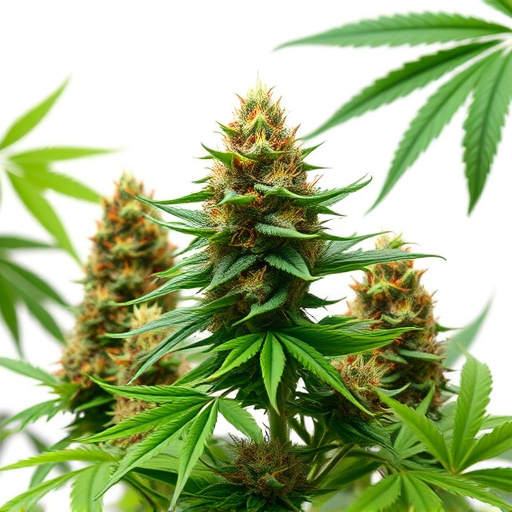
Optimizing growth conditions is key to cultivating superior quality cannabis and maximizing yield. Environmental factors like light intensity, temperature, humidity, and CO2 levels play a pivotal role in determining the plant’s final characteristics. For those seeking high THC cannabis strains—known for their potent psychoactive effects—careful control over these variables becomes essential.
Intense lighting, carefully calibrated temperatures between 70-85°F (21-29°C), and optimal humidity levels foster robust growth and dense bud development. Supplementing with additional CO2 can further boost productivity, as it accelerates photosynthesis and increases cannabinoid production, including the desired THC compounds. By meticulously tailoring these environmental elements, cultivators can unlock the full potential of their cannabis plants, resulting in higher quality, more potent flowers that meet the demands of discerning consumers.
In conclusion, understanding how environmental factors influence cannabis cultivation is paramount, especially for breeding and optimizing high THC cannabis strains. The interplay between light, temperature, humidity, and soil quality directly impacts plants’ growth, terpene profiles, and potent compounds like THC. By meticulously controlling these conditions, cultivators can consistently produce superior-quality high THC cannabis with enhanced effects and desired attributes, ultimately elevating the overall consumer experience.
